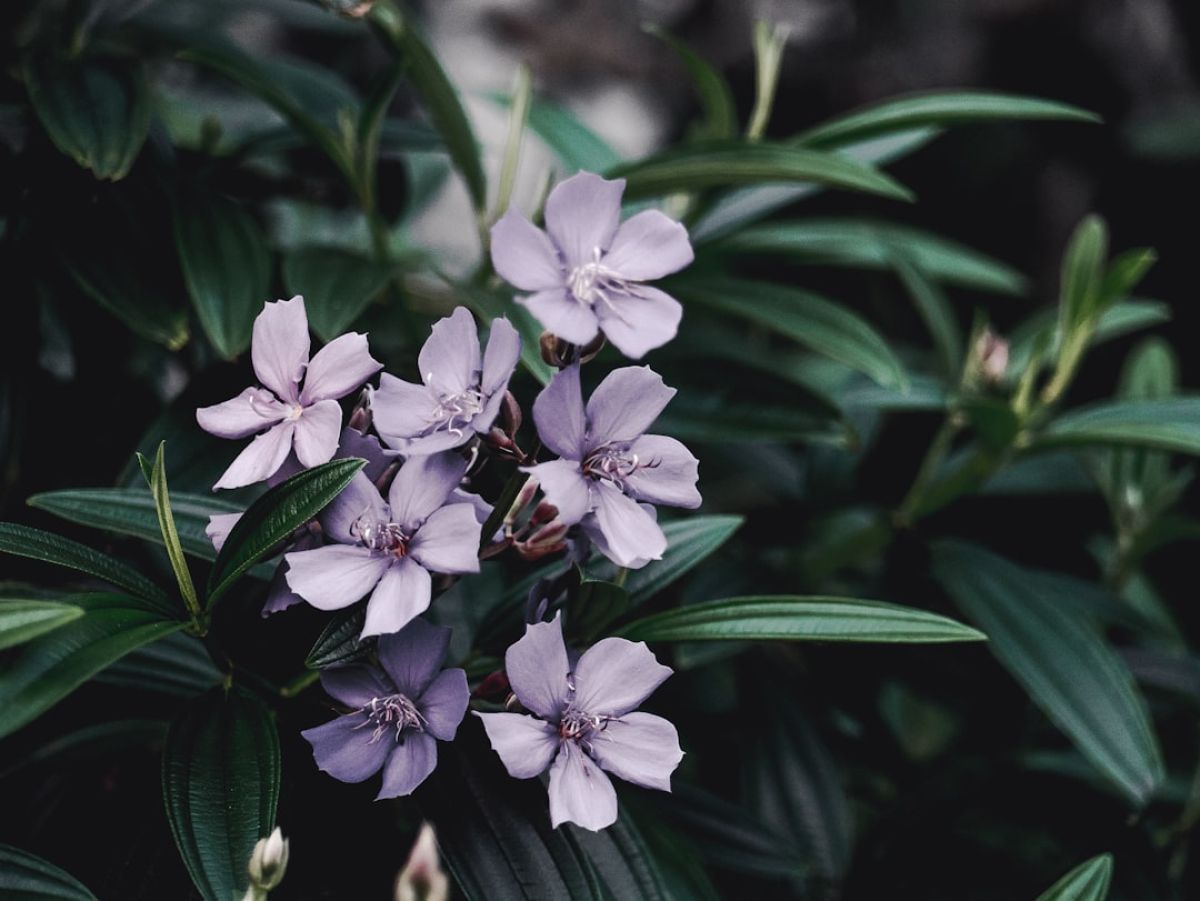Naples’ Arts Scene Gets a Boost: Public Media Expands Reach

## Red Tide’s Relentless Grip: Navigating the Bloom in Naples, Florida and Beyond
Hey there, Naples neighbors! Let’s talk about something that’s been hanging heavy in the air (literally) and on our minds: red tide. It’s back, and while we’re all too familiar with its unwelcome presence, this year feels… different. More intense? Maybe. More persistent? Definitely. This isn’t just a Southwest Florida issue anymore; we’re seeing its effects ripple across the state. So, let’s dive deep into what’s going on, how it’s affecting us here in Naples, and what we can do to navigate these choppy, crimson-tinged waters.
First off, let’s get one thing straight: red tide isn’t new. For generations, Floridians have dealt with the periodic blooms of *Karenia brevis*, the microscopic algae responsible for this natural phenomenon. These single-celled organisms produce brevetoxins, potent neurotoxins that can cause respiratory issues, irritate skin and eyes, and unfortunately, lead to fish kills. While red tide is a natural occurrence, a confluence of factors can exacerbate its severity and duration.
**Why is This Red Tide Bloom Different?**
This particular bloom has been brewing for a while, with reports popping up along Florida’s Gulf Coast late last year. While red tide typically peaks in the fall, this bloom has stubbornly persisted, intensified by a perfect storm of environmental conditions. Let’s break down the contributing factors:
* **Nutrient Runoff:** Here in Naples, we’re surrounded by beautiful waterways – canals, rivers, and of course, the Gulf. But these same waterways can become conduits for excess nutrients from fertilizers, septic systems, and stormwater runoff. These nutrients act like a buffet for *Karenia brevis*, fueling its growth and leading to larger, more intense blooms. Think of it like over-fertilizing your lawn – too much of a good thing can lead to unwanted growth.
* **Warm Water Temperatures:** Southwest Florida’s warm, sunny climate, while ideal for us, also creates a hospitable environment for *Karenia brevis*. Warmer water temperatures accelerate the algae’s growth rate, exacerbating the bloom’s intensity. This year’s persistent heat has certainly played a role.
* **Ocean Currents and Winds:** The movement of ocean currents and wind patterns significantly influences where red tide blooms travel and concentrate. Prevailing winds can push blooms closer to shore, impacting coastal communities like Naples more severely. Remember those days when the beach air felt thicker and the coughing started? That’s the wind carrying those pesky brevetoxins onshore.
* **Hurricane Ian’s Aftermath:** The devastating impact of Hurricane Ian in 2022 is still being felt, both physically and environmentally. The storm churned up the ocean floor, releasing nutrients and potentially dormant *Karenia brevis* cysts. These cysts can lie dormant for years, waiting for the right conditions to bloom. Sadly, Ian may have provided the unwelcome trigger.
**How is Red Tide Affecting Naples?**
Here in Naples, the impact of red tide is palpable. It’s not just a scientific phenomenon; it’s a lived reality that affects our health, our economy, and our way of life.
* **Health Impacts:** The respiratory irritation caused by brevetoxins is something many Naples residents are experiencing firsthand. Those with pre-existing respiratory conditions, like asthma, are particularly vulnerable. We’re seeing an increase in visits to local urgent care centers and hospitals for respiratory issues related to red tide exposure. It’s crucial to heed health advisories and take precautions, especially if you’re in a high-risk group.
* **Economic Impact:** Tourism is the lifeblood of Naples, and red tide poses a significant threat. Empty beaches, cancelled boat tours, and deserted waterfront restaurants paint a stark picture of the economic toll. Local businesses, particularly those reliant on tourism, are struggling. The fishing industry is also heavily impacted, with fish kills affecting both commercial and recreational fishing.
* **Environmental Impact:** Beyond the visible fish kills, red tide has a cascading effect on the marine ecosystem. Sea turtles, dolphins, and manatees can also be affected by brevetoxins, either through direct exposure or by consuming contaminated prey. The long-term consequences for the delicate balance of our coastal ecosystem are a serious concern.
**What Can We Do?**
While red tide is a natural phenomenon, we’re not powerless. There are steps we can take, both individually and collectively, to mitigate its impact and protect our community:
* **Stay Informed:** Keep up-to-date on red tide conditions by checking local news, following official sources like the Florida Fish and Wildlife Conservation Commission (FWC), and using resources like the Mote Marine Laboratory’s Beach Conditions Reporting System. Knowing the current status of the bloom will help you make informed decisions about your activities.
* **Protect Your Health:** If you’re experiencing respiratory irritation, limit your exposure to the beach and coastal areas. Wearing a mask, particularly an N95 mask, can help filter out the airborne toxins. If you have asthma or other respiratory conditions, make sure you have your medication readily available.
* **Support Local Businesses:** The economic impact of red tide is devastating for local businesses. Show your support by dining at local restaurants, shopping at local stores, and considering gift certificates for future use. Every little bit helps.
* **Reduce Nutrient Pollution:** We all have a role to play in reducing the nutrient pollution that fuels red tide blooms. Properly maintain septic systems, use fertilizer responsibly, and participate in local cleanup efforts. Even small changes can make a big difference.
* **Advocate for Change:** Contact your local and state representatives to advocate for increased funding for research, monitoring, and mitigation efforts. We need long-term solutions to address this recurring challenge.
Red tide is a complex issue, and there’s no magic bullet. But by working together, staying informed, and taking proactive steps, we can navigate these challenging times and protect the beautiful place we call home. This isn’t just about today; it’s about ensuring a healthy and vibrant future for Naples and Southwest Florida. Let’s continue this conversation, share information, and support one another. We’re all in this together.